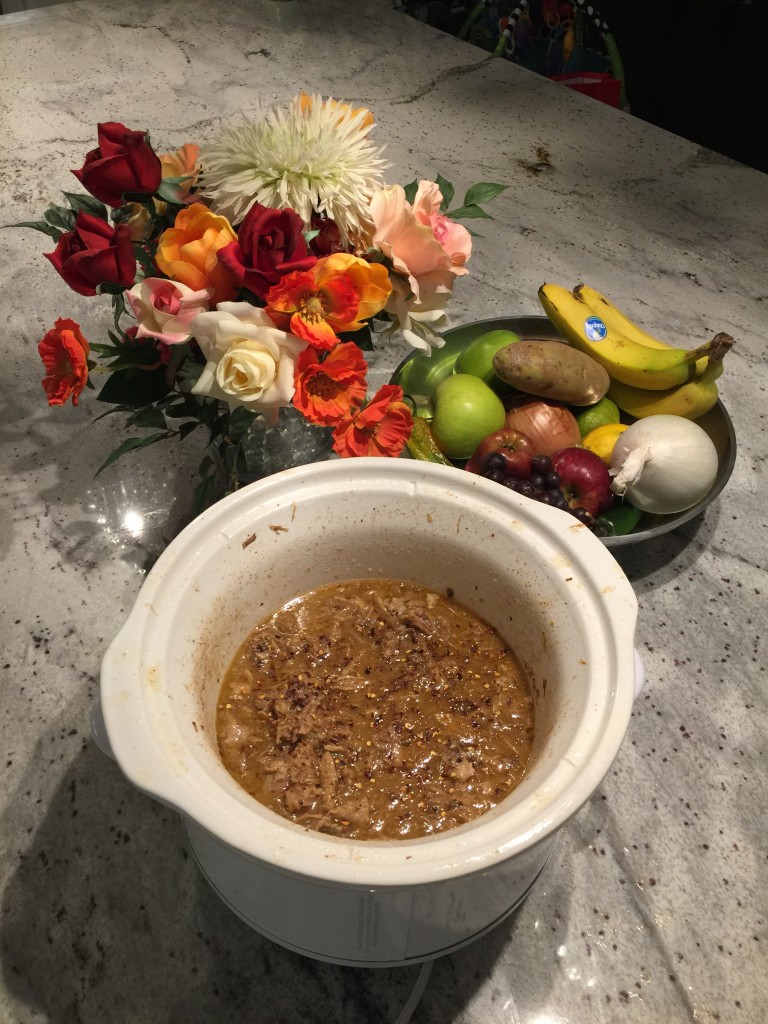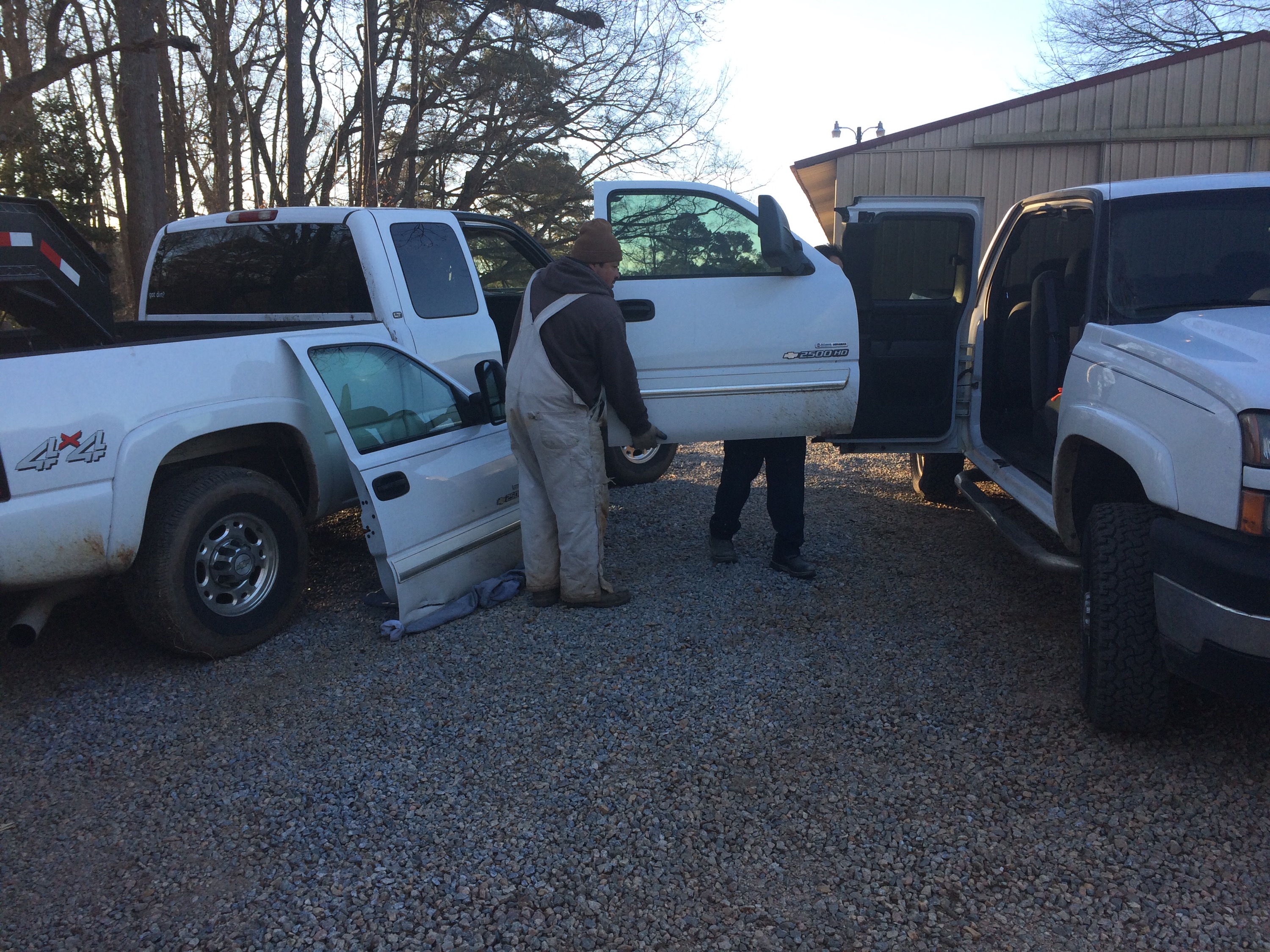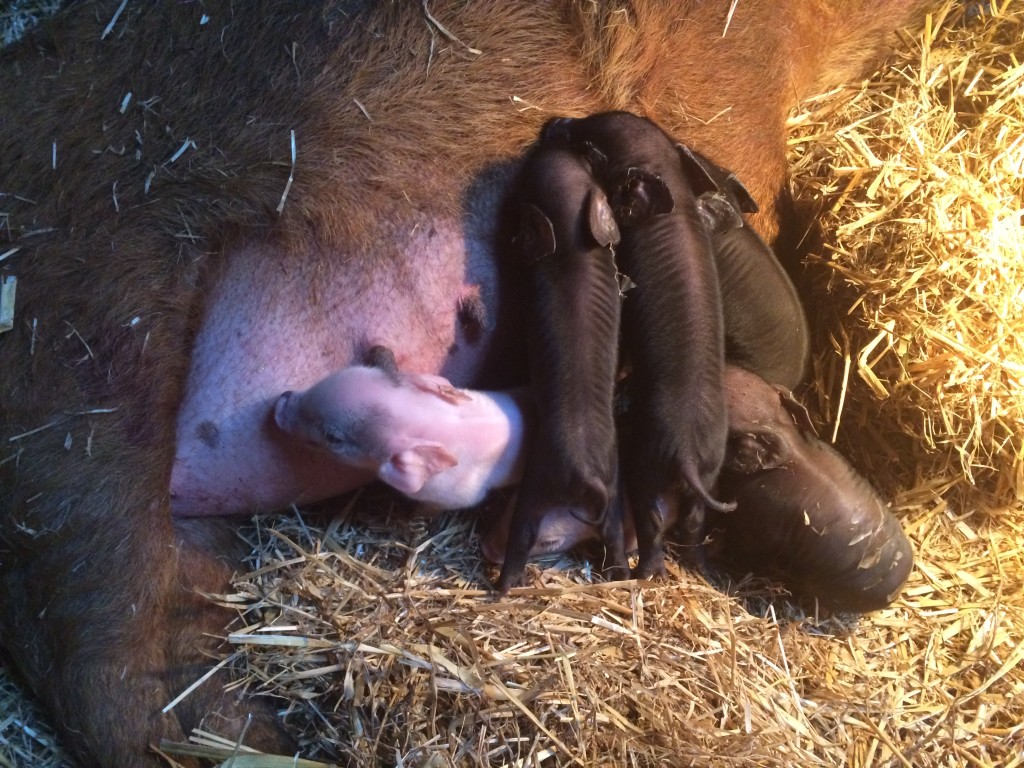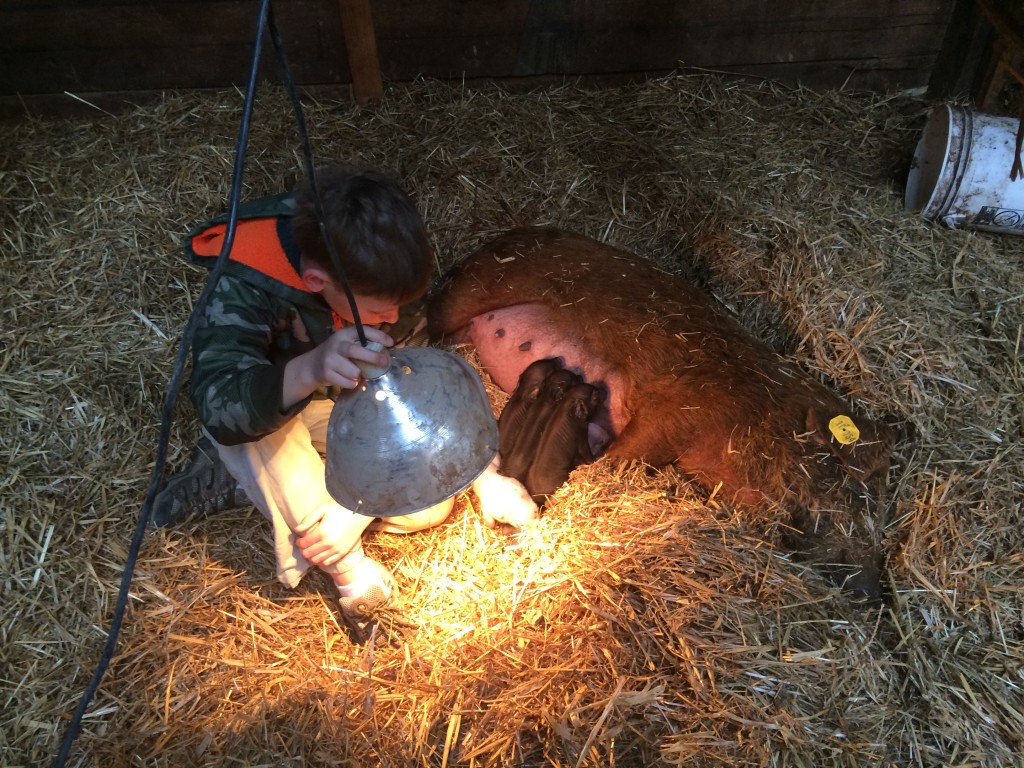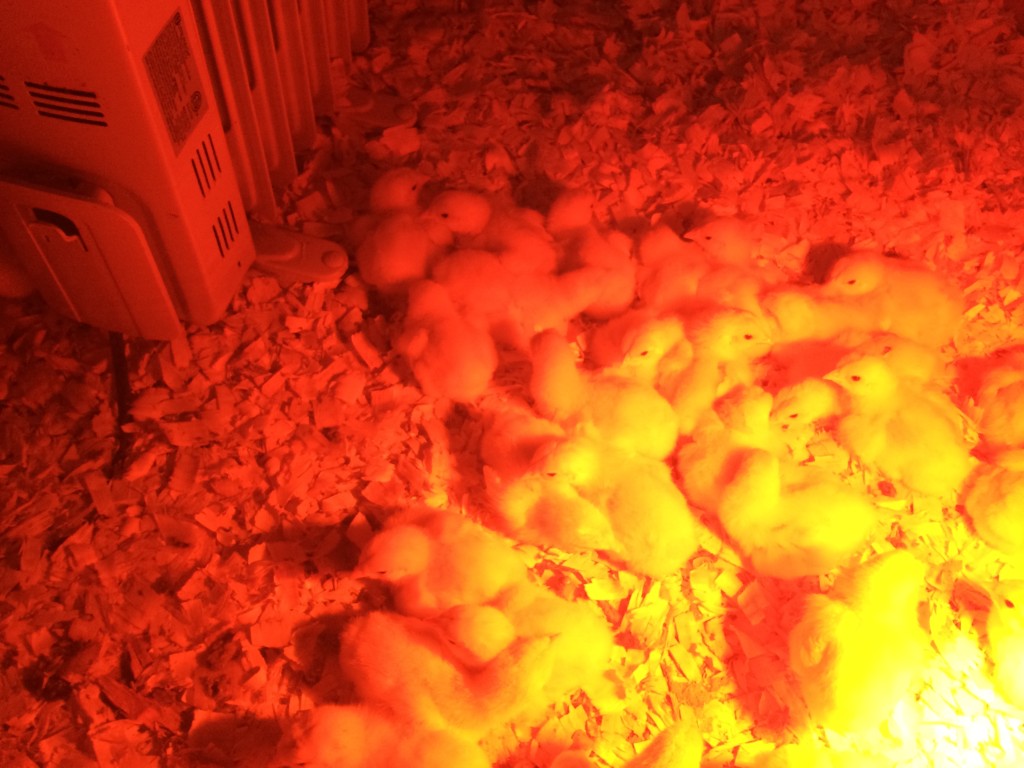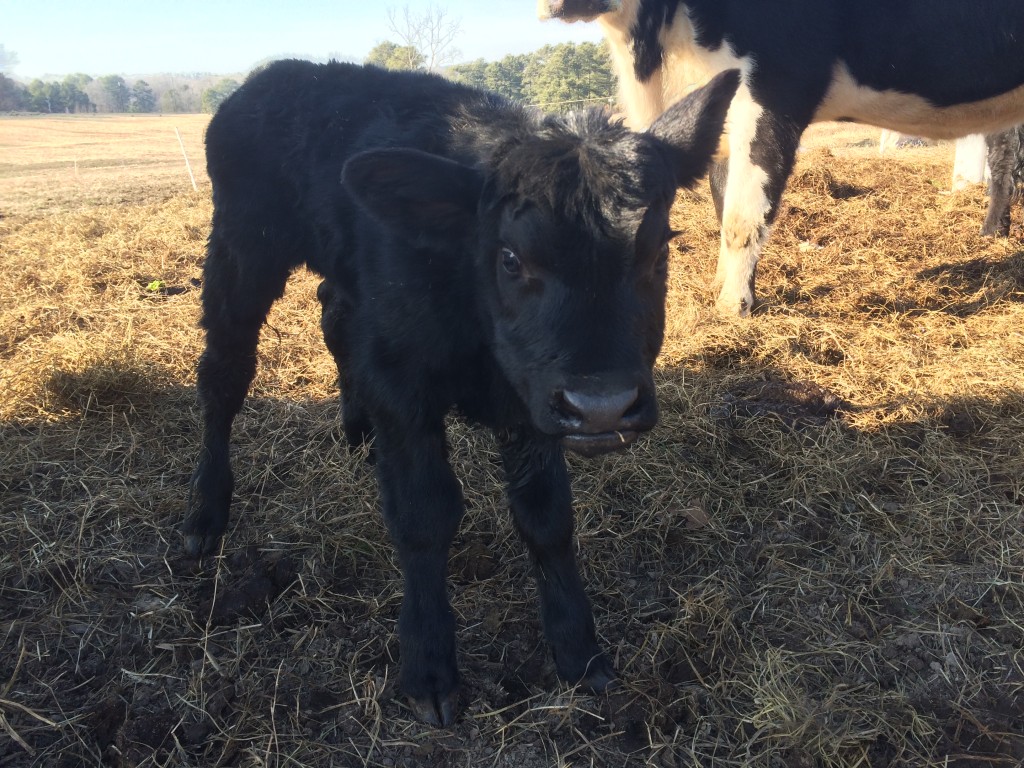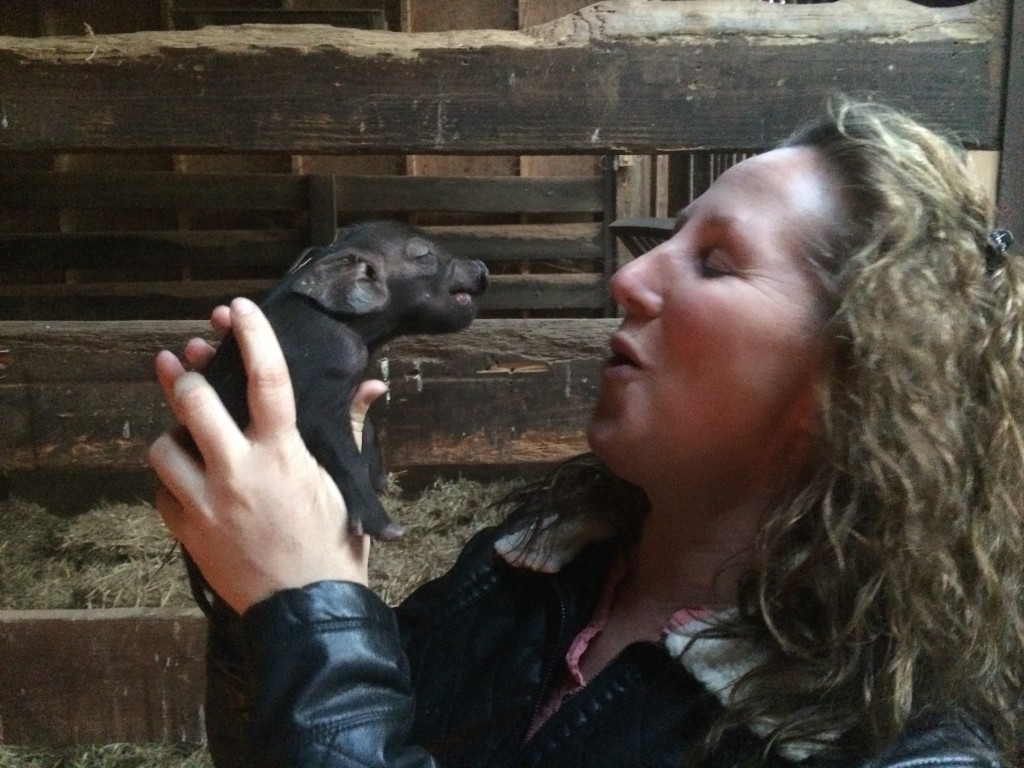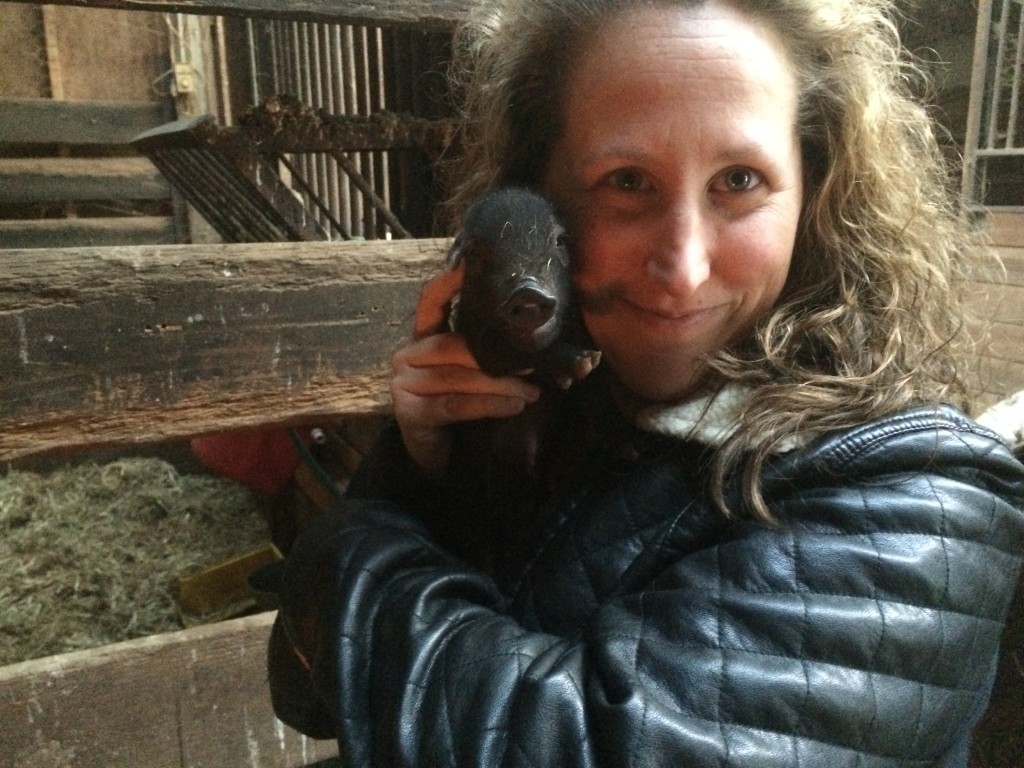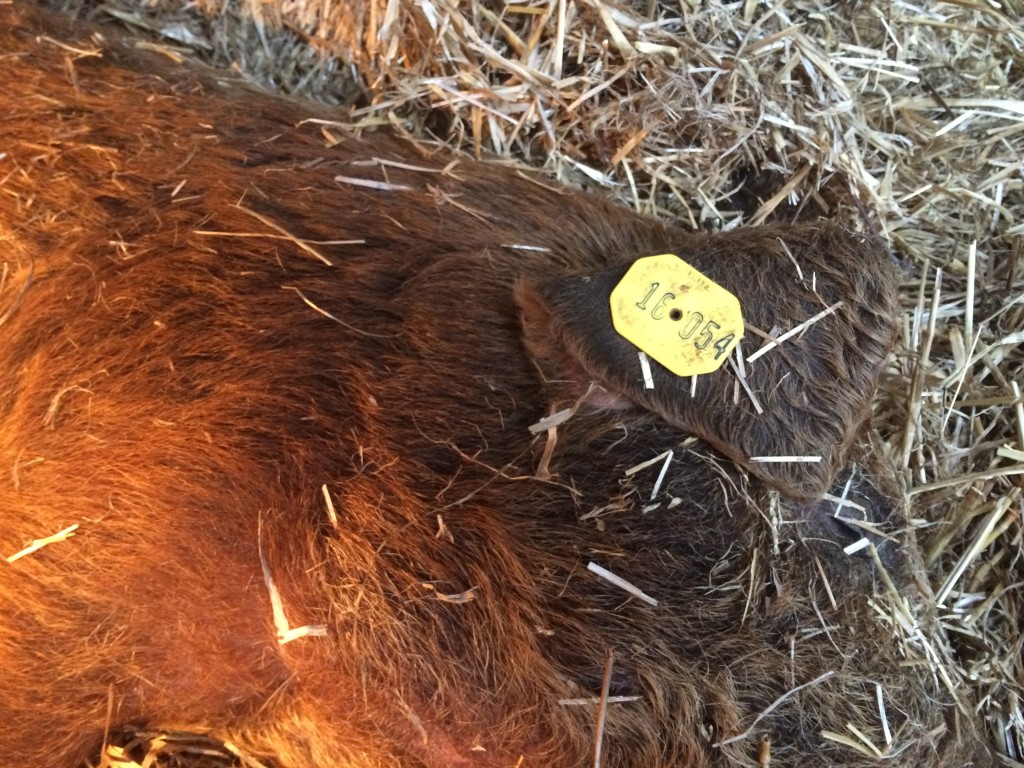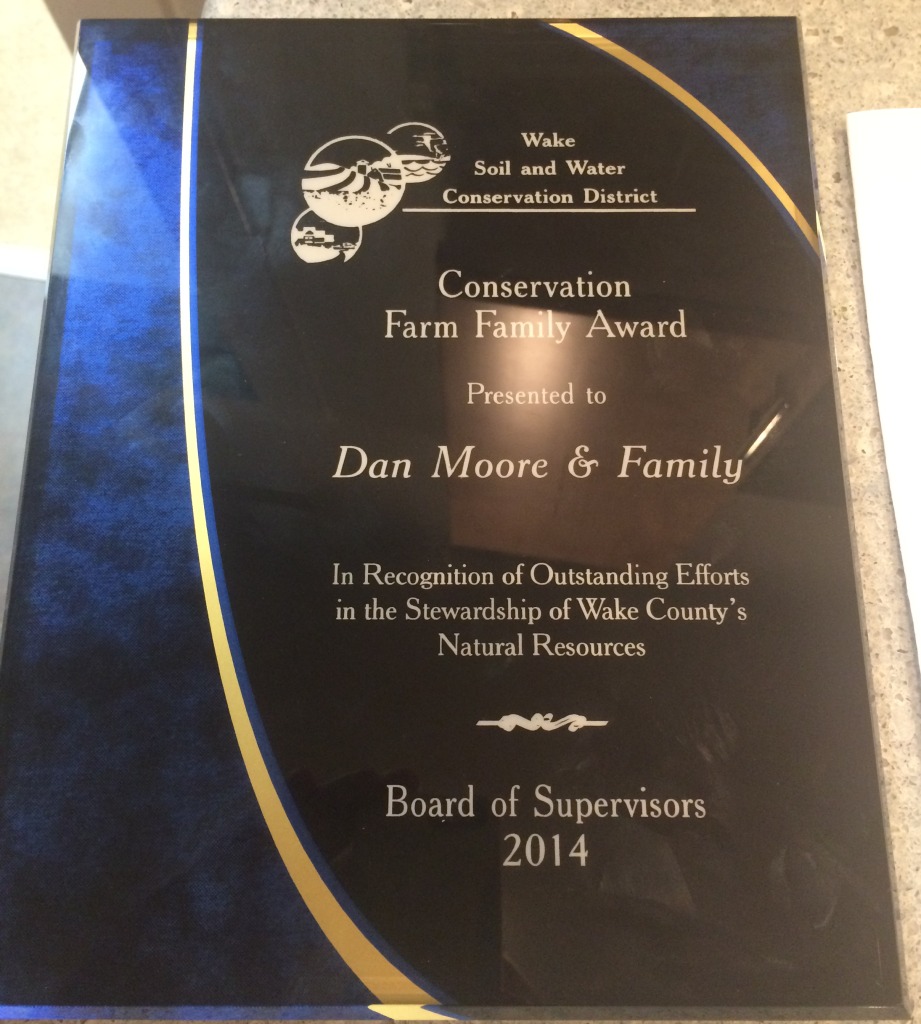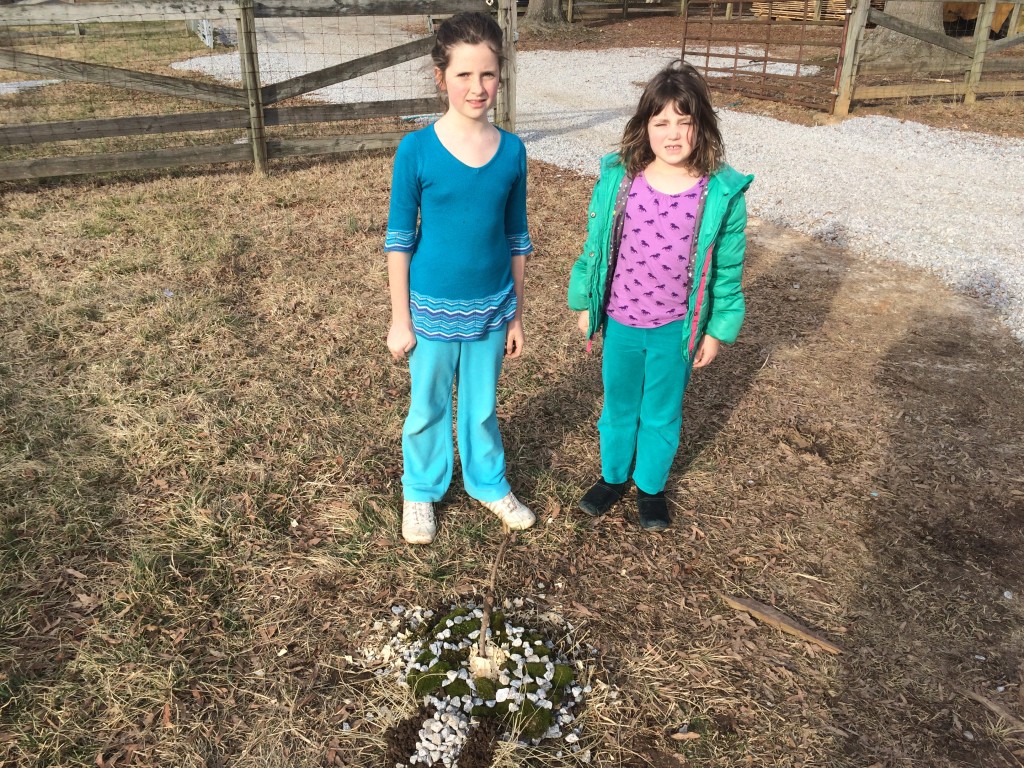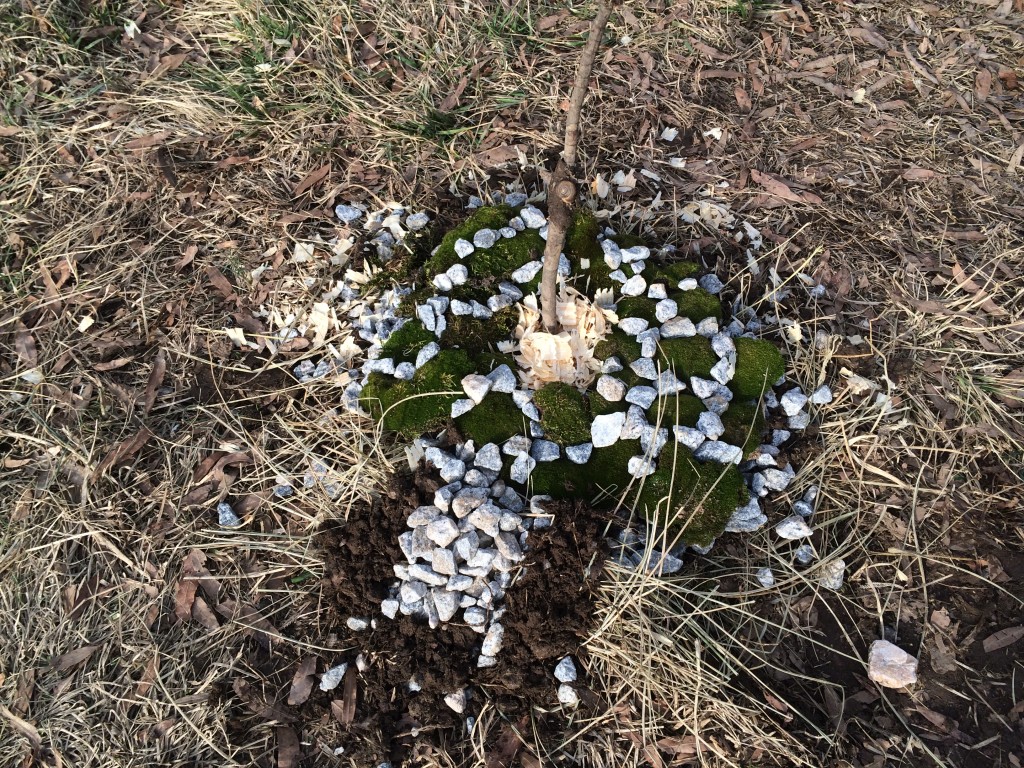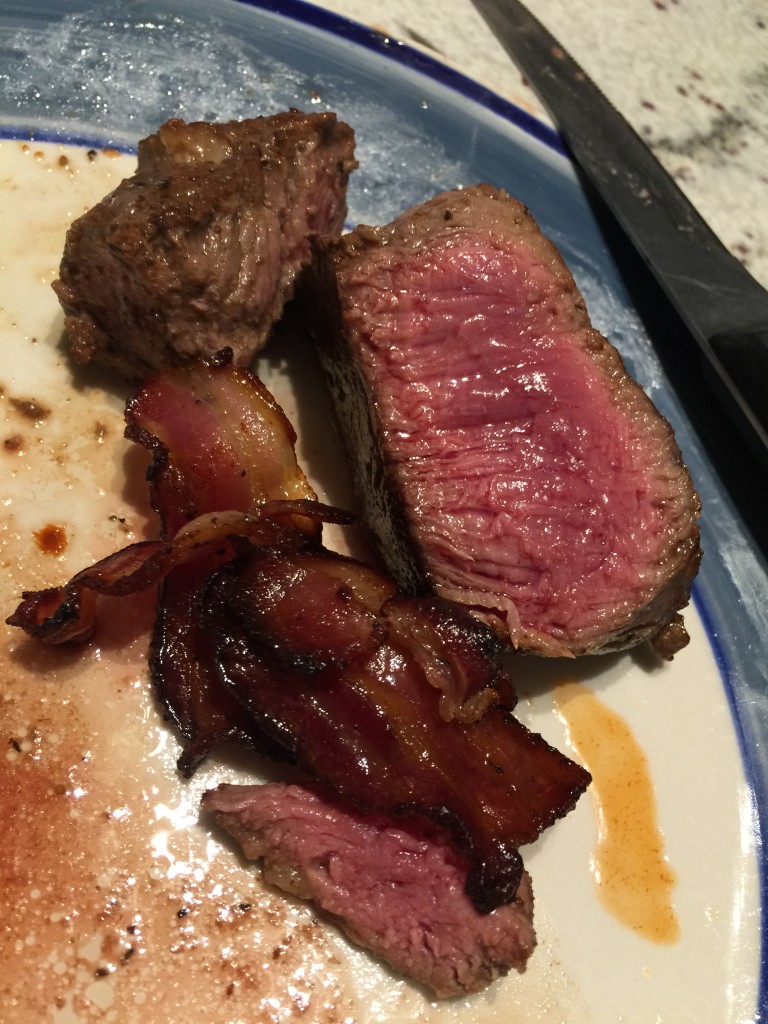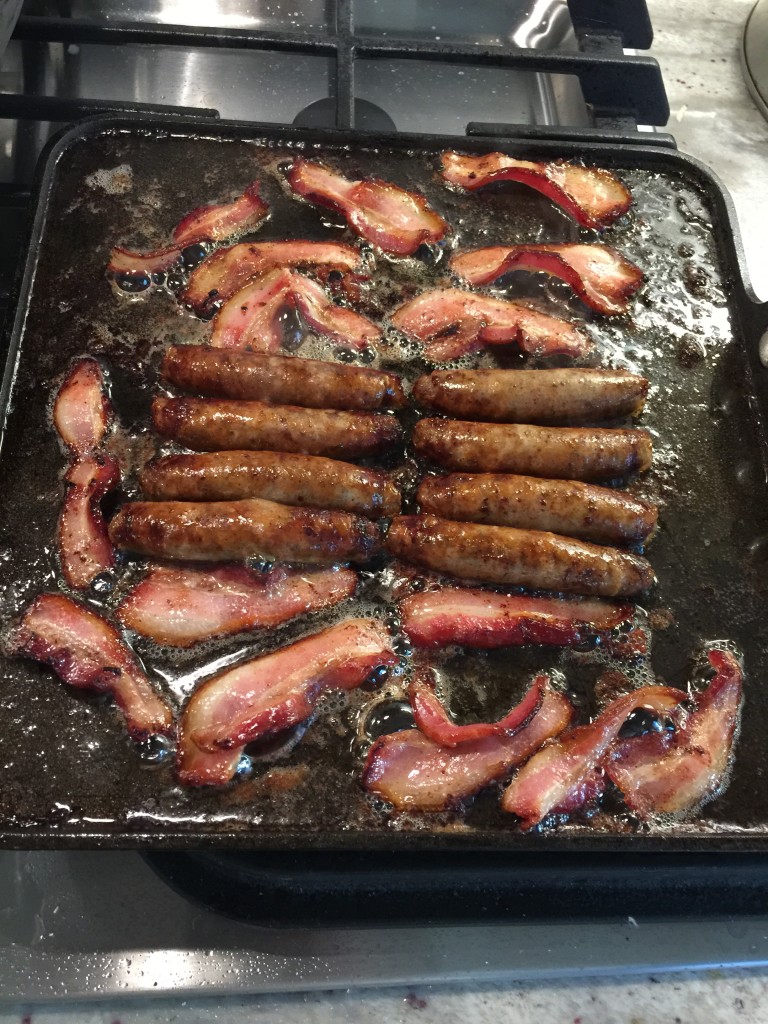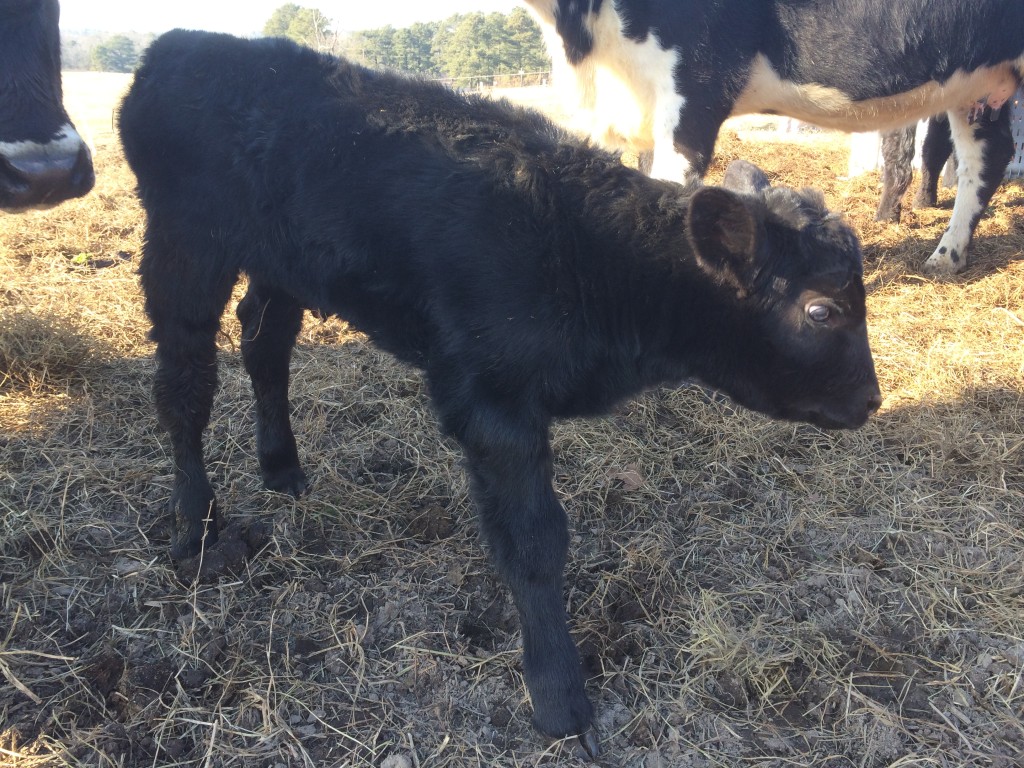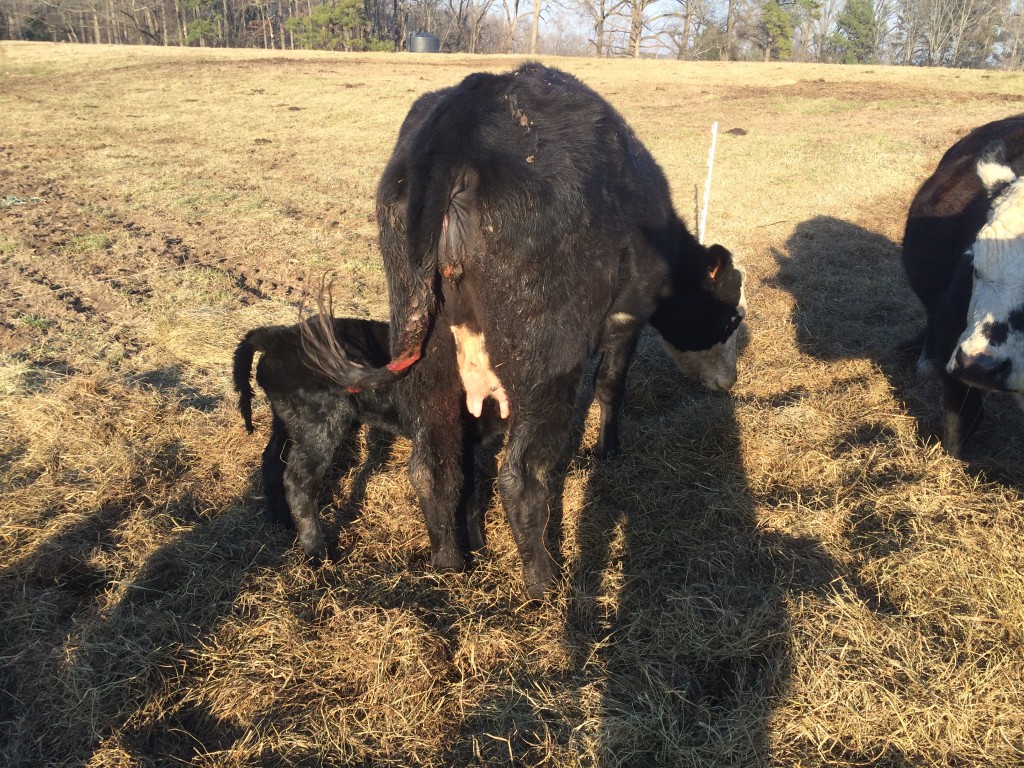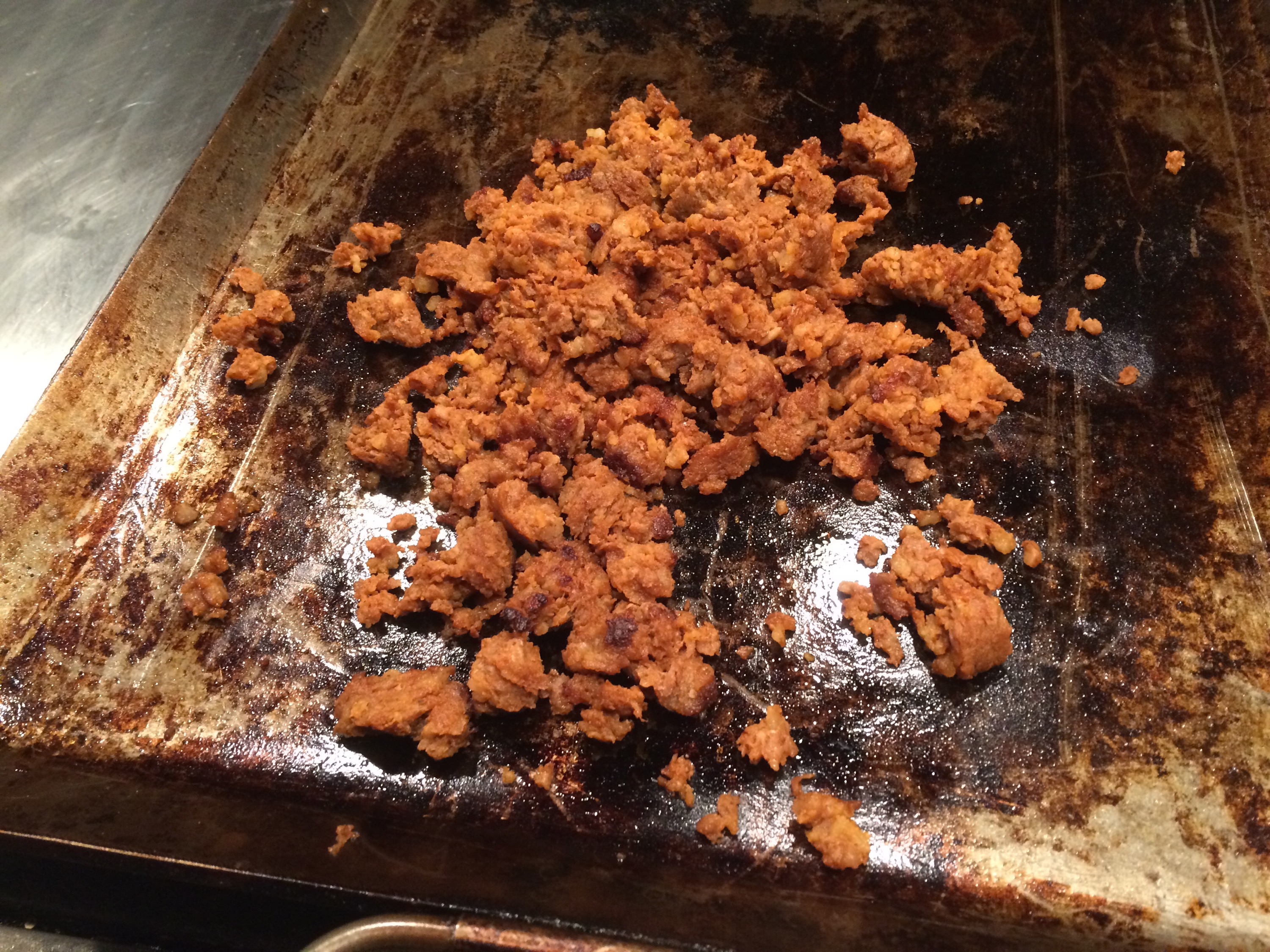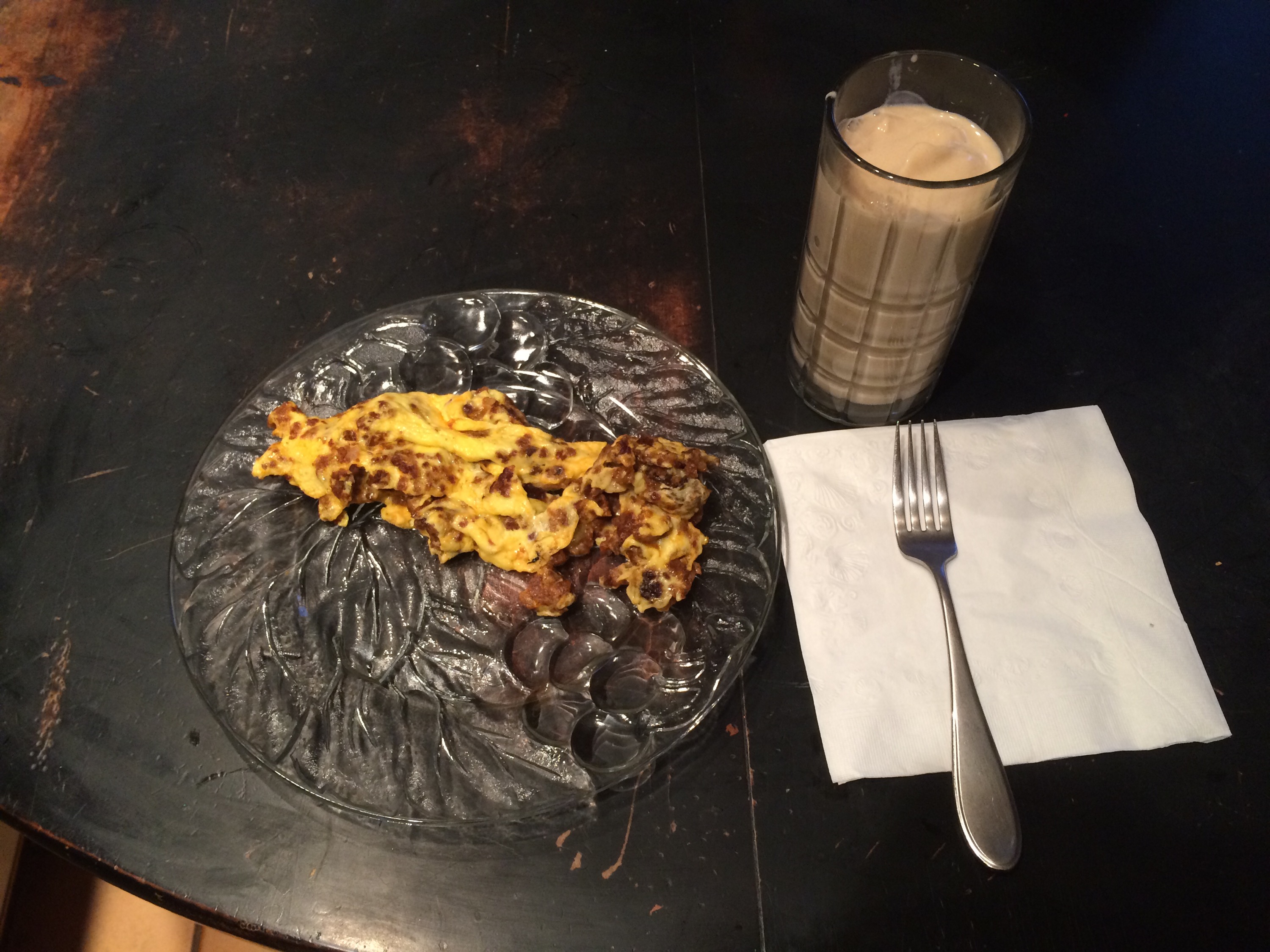Last week I attended the 10th annual Keeping the Farm Workshop. The workshop is put on by Wake County’s Soil and Water Conservation District (SWCD); Wake County Parks, Recreation and Open Space; United States Department of Agriculture (USDA) Natural Resources Conservation Service; USDA Farm Service Agency; N.C. Cooperative Extension Department; N.C. State University Agriculture and Resource Economics; North Carolina Forest Service; and Friends of Wake SWCD.
It’s basically a combined meeting where everyone from all these various agencies, along with some attending agencies such as the NC Department of Revenue all come together for a combined meeting for the benefit of Wake County landowners who are farming in any way. I first attended this meeting back in 2007-2008, I don’t recall exactly when. It was a catalyst to a LOT of good things that have happened to our farm and a lot of the impetus for me eventually getting into farming full-time.
For this year, I took some notes of things that seemed worth keeping up with. They are in the order of how I wrote them down. They may not make sense to anyone else, but I keep everything else here on our website, I thought I’d keep this info here as well. Maybe some of you dear readers can get some value out of these tidbits.
NC Department of Revenue
The NC Department of Revenue always gives a popular presentation. Many of the landowners present aren’t actually the farmers but are instead leasing their land to farmers. They “farm” to keep the farm in Present Use Status, a term that means the land is taxed by the State of NC at a farm rate, vs. the rate the land would be worth as a development. The NCDOR was currently working on their once every eight years property value reassessment. Much time was spent on how to appeal property values, what methods were used to value properties, etc. This matters because there is currently 2.9 BILLION dollars worth of property that is being deferred in present use value in just Wake County. This isn’t the total value of the property, this is the difference between the present use value and the full market value. If this present use value program didn’t exist, there wouldn’t be a single working farm in Wake County which means no local food, no open space, etc. That amount was pretty staggering to me, and worth writing down.
I’m on the lookout for some pasture land to lease. I’m hoping to expand what we have here and be able to grow more cows with our current system, and maybe through a lease have an option to buy at a later date. It would be especially helpful to find land that is very close to us so we can work it easily. As I mentioned, there are people at this meeting who don’t farm their land but want it to remain in farm status for tax reasons. One point covered in the NC DOR time was the concept of a farm unit. If a farmer buys another piece of property he normally has to buy something already in farm status or he’ll have to pay three years of property taxes at the full rate while he is qualifying for farm status. However, if the property is located within 50 miles of the already qualifying tract, and is owned by the same entity (person, LLC, corporation, etc) then the new tract can be immediately qualifying because it’s linked to the original tract. I already want to be close, but knowing there is a 50 mile limit makes sure that I stay within a certain distance. This might not be hugely applicable today, but 10 years from now I may have to go further and further away to find affordable land.
There is a big trend right now for farmers to lease their open farm land to solar farms. The money is good and the work is nil. However the NC DOR cautioned the group that solar farms DO NOT qualify for farm status so the 50 acres you just leased for a pretty penny will not be taxed at the normal rate. The only way around this is to begin raising sheep and grazing the land between the panels. I mentioned that many of these owners aren’t the actual farmers. Becoming a shepherd might not be high on their agendas. It was obvious this wrinkle had caught some people by surprise and I’m sure the solar people don’t mention it when they are soliciting. To put this in perspective, if I put my farm into solar farming, my tax bill the first year would be three years of back taxes, plus the current year up to the date my status changed. That’s about $140,000 I’d owe in one lump sum. It would take years to make that back off of a solar lease. And if you didn’t have the sheep herding lined up from day one, you’d still owe that money, then have to pay another $140,000 over the next three years while you regained your farm status, all the while tending sheep which to my knowledge aren’t a hot commodity on the sales side of things. Not a happy experience.
Sheriff Donnie Harrison
Sheriff Donnie Harrison always attends the workshop, and he always gets a very warm welcome. The sheriff’s office is who most farm property owners rely on for their law enforcement as most of us are outside of city limits. Almost without exception, the people at the meeting praise the deputies for he job they do, and praise Donnie for the job he does as their leader. Donnie is a farmer himself and grew up in Bear Grass, NC so there is a relationship there with the farmers. One topic that always comes up when Donnie is speaking is shooting and the associated complaints. Sometimes it’s the owners in the room complaining, usually it’s the new subdivision that moved in next door complaining that the farmer is shooting. Donnie reiterated that as long as the shooter is on his own property and is more than 300 feet from a property line, that shooting is legal in Wake County. If there is a complaint, then the deputy will investigate it but there is no issue with shooting as long as it’s legal. Donnie did clarify that if you are hunting, you can shooting right up to your property line. I did grab Donnie after he spoke and bring up the topic of using suppressors to limit noise complaints. As much as I like Donnie Harrison, he has a long standing position that he will not sign off on ATF forms permitting local residents to apply to purchase a suppressor. I pointed out that if residents had suppressors, they would limit the noise issue. His answer was that people can apply for suppressors and they do it every day, they just need to form an LLC or corporation and bypass the Chief Law Enforcement Office (CLEO) signature. Basically it’s a political issue that I do understand. There are people in Wake County that would be very upset to hear that suppressors are being approved by the sheriff’s office. By using the loophole of the LLC, Donnie can let it go forward without putting his name on it. Still, it’s frustrating because I’d love to quiet down our shooting.
Donnie also addressed trespassers, another hot topic. He recommends that people post their property with purple paint on trees or fence posts. The paint must be 8″ high as a mark, 3-5′ off the ground, and no more than 100 yards apart. This is a relatively new law that was enacted because trespassers would take down no trespassing signs and then claim they never saw a sign. Paint is harder to remove.
Donnie also recommended that people having issues with trespassers use game cameras, or any camera that works. He said video and pictures help quite a bit when the deputy is trying to solve a trespassing issue. One farmer stood up and told what he was doing with trespassers. He said that he’d learned that if he caught a trespasser, the deputy would show up and do his job, then the judge would throw out the case because it was a first time offense, which wasted everyone’s time. What he did now to save time was he took a picture of the trespasser and told the trespasser he was keeping the picture and if he ever saw him trespassing again, he’d call the sheriff and take the picture of the first trespass to court so it would immediately be two strikes. He said he didn’t have to spend so much time now, he never sees the same person again, and he’s ready if he does have to go to court. Donnie thought this was a great idea and applauded the farmer for his efforts and ingenuity. Since I ALWAYS have my phone with me, I thought this was a great idea as well.
Every year, Donnie covers the eviction process because like us, many landowners have rental houses. The process is wasteful and time-consuming, but it is what it is. Basically start the eviction process with the clerk of court and follow the process even though it’s frustrating was the advice.
NC Forestry Service
The forestry service also always presents at this workshop. The changes mandated by the legislature last year putting a price on forestry plans was covered along with some tips on having a forestry plan. Since I had a two-year wait to get my forestry plan done that evaporated when the charge came into being I didn’t mind the charge at all. I also learned that my plan should be updated every 10-15 years, something I had not asked at the time my plan was created.
I also learned that I could design my own forestry plan at mylandplan.org. Since I’m a do it myself kind of person anyway, I liked the idea of taking my existing plan and updating it on this site. I’ve done the initial layout of my farm and the site is easy to use. I’m looking forward to doing more work with it in the future and hopefully start working our way towards a silvopasture project.
One tip from another farmer in the room was to always use a consulting forester if you were going to sell timber. He told the story of how a logger approached him and offered $50,000 to log his stand of timber. Interested, he contracted a forester and after the forester put the timber out for bid, the timber brought $168,000, a $118,000 difference!
It was also recommended that you ALWAYS have a contract when selling timber. A handshake simply won’t cut it in these days and times.
And for a quick note on something that doesn’t fit anywhere, it was recommended that the farm and any property be put into an LLC for liability and also for estate planning purposes. A portion of the LLC can be gifted to your children each year thereby helping with estate taxes.
Breakout – Tony Kleese Earth Wise Organics
919-622-5897 tkleese@earthwiseorganics.com
Tony did a breakout session on how to attract new farmers to your farm to buy it or lease it. He started off with the demographics he sees in new farmers. He said there are two main groups of new farmers, people in their 20-30s and people in their 50s, which I’ll call the sound and the old group.
The young group usually have some college. Maybe they graduated with a lot of debt and are wondering now what. They are usually confused about what they want and think maybe farming/local/eco is the way to go. They have no clear path and little or no experience.
The old group are baby boomeresque. Their kids are gone, they’ve made money, and now they want to live their dream.
One last group mentioned is the existing farmer family. What was interesting about that group is that the kids were all told to get out of farming, to go get jobs in the city, which they did. However the grandkids are now coming back to the farm and getting involved. They are seeing a future in farming and the grandparents are encouraging it.
Lastly, one interesting change has been that in Tony’s experience, 1/2 of the new farmers he talks to are women routinely. This is a change from the past where farming has been male dominated.
So what kinds of farms are people looking for. Again there are two groups. One group is homesteaders. They may or may not (probably not) make money off of the farm but they want self sufficiency and independence. The second group are commercial producers who are looking to be as effective and efficient as possible. These two groups need different kinds of farms.
So what do these new farmers need? Organic, local, grass-fed. They need small-scale farms. For veggie production, 3-5 acres. For cattle, 100 acres. This was distressing to the older land owners in the room with me. They wanted someone to buy their 300 acre tobacco farm and keep farming row crops.
New farmers don’t want to be too rural. They want to farm, but have access to the mall, internet, and culture. Wake County was prime for these types of farmers according to Tony. Housing was needed on farm already existing, especially for the young farmers. Tony commented that they will live just about anywhere in some pretty rough conditions as long as they had somewhere to live. They also need some infrastructure such as water, fencing, a well capable of more than 10 gpm. For fencing, he said that it’s not as much about keeping animals in as it’s about keeping deer out since many farmers are looking to grow vegetables.
New farmers also need a tractor, something in the 35-45 hp range.
Interestingly, the young group refuses to borrow money. They are very risk averse after finding out what college debt did to them and having been through the last downturn. The old group will still borrow money. This means that to sell to a young farmer, you need to let them work their way into ownership vs. expecting them to go get a bank loan and buy you out. Tony recommended leasing to the young group. He said the older group will write a check, but only if it’s the property they want.
So where do landowners looking to sell find new farmers? Tony recommended contacting:
- Central Carolina Community College (CCCC). They have a sustainable farming program that is pretty active. It’s one that Tony helped start.
- Inter Faith Food Shuttle, they also have a training program for new farmers.
- Breeze Farm Incubator
- NC State/CEFS in Goldsboro with their program down there.
- In the mountains Warren Wilson College has a new farmer program.
- Carolina Farm Stewardship Association is well connected in the new farmer community.
- Debbie Roos at growingsmallfarms.org
- The Produce Box knows a lot of growers maybe looking to expand
- Eastern Carolina Organics
I wasn’t able to attend the other two sessions since I ended up talking to other farmers and friends in the hall. Overall, I’m glad I went. There are a lot of connections you can make, and a lot of people who are trying to help me do what I do. Plus it’s free!
